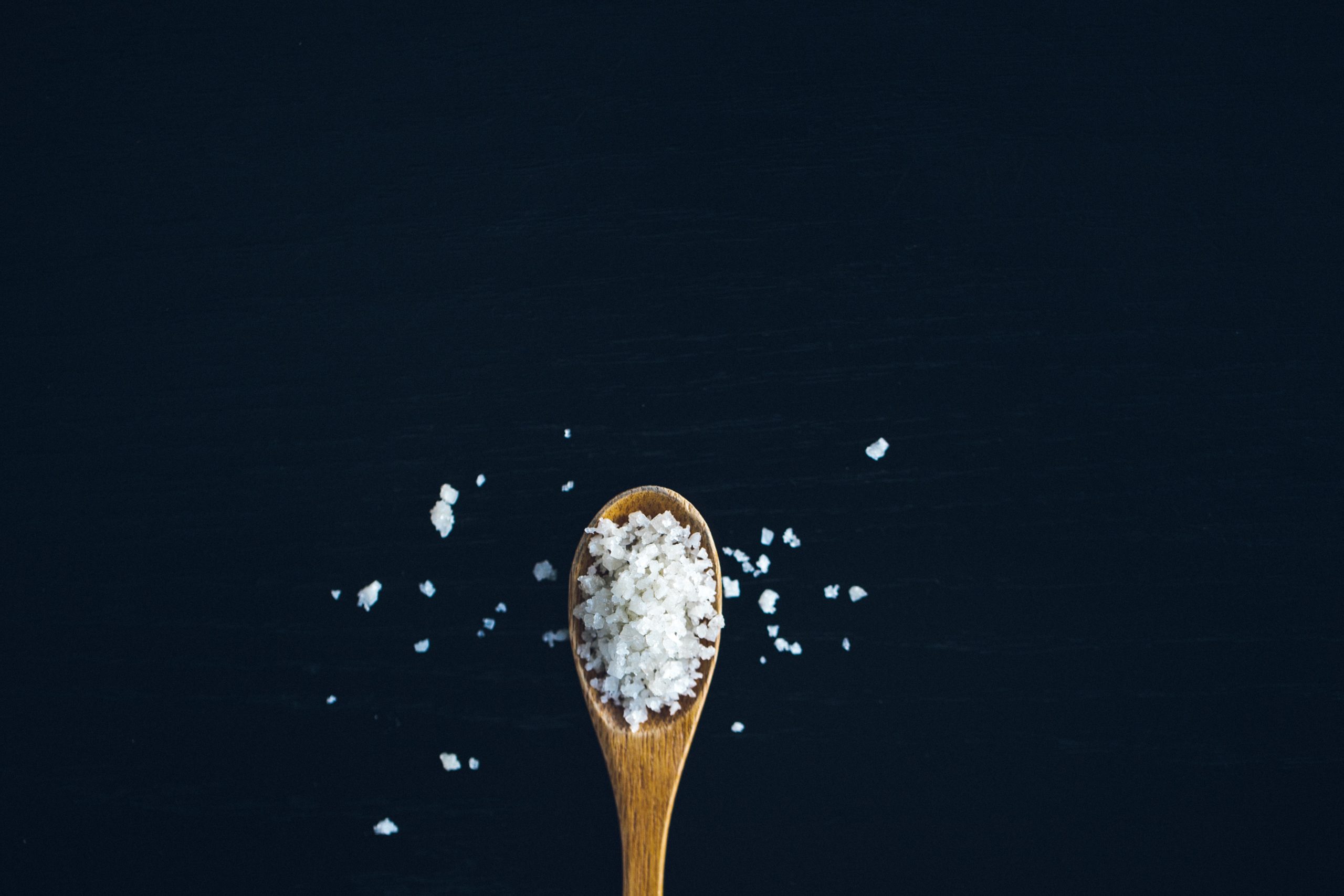Without any doubt, iodine can be called one of the mightiest minerals in your body. Being used in very tiny amounts, this mineral is capable of regulating the whole process of generating energy from the food you eat. Its deficiency can lead to serious and irreversible health problems, especially during pregnancy. Even though there is a mandatory policy to microdose salt with iodine during production, its consumption among some Canadians might be still inadequate.
Roles of Iodine
Iodine is mainly found in your thyroid gland, where it is responsible for the synthesis of two thyroid hormones – triiodothyronine (T3) and thyroxine (T4). These hormones have a plethora of functions in your body. Not only do they control the metabolic rate and body temperature but also regulate reproduction, physical growth, nerve and muscle functions, production of blood cells, and many other body processes. Iodine is especially needed during pregnancy as T3 and T4 play a crucial role in fetus and infant brain development.
Iodine Deficiency and Its Prevalence
Like Omega-3 Fatty Acids, iodine cannot be created in your body from scratch and should come from your diet. If the intake of this essential nutrient is insufficient, the production of thyroid hormones in the body stops. Among adults, it results in such conditions as goiter (when the thyroid gland enlarges to trap as much iodine as possible), hypothyroidism (underactive thyroid gland), hyperthyroidism (overactive thyroid gland), weight gain, and impaired cognitive function. An adequate intake of iodine during maternal pregnancy leads to mental and physical retardation of the fetus and infant, miscarriage, and perinatal infant mortality. Among infants and children, iodine deficiency is also responsible for neurocognitive impairment and impaired physical development.
Currently, iodine deficiency affects approximately 2 billion people globally even though more than 120 countries have adopted mandatory salt iodization programs. According to recent scientific data, some Canadian women of childbearing age still do not consume enough iodine. Vancouver and Quebec City residents may also be at risk of iodine deficiency. Hopefully, this detrimental condition can be prevented by consuming recommended amounts of iodine in combination with a healthy diet.
Iodine Recommendations
The recommended iodine intake for people 14+ years and older is 150 micrograms (mcg) daily. However, the requirements for pregnant and lactating women are much higher and must be 220 and 290 mcg a day respectively. Eating these amounts of iodine on a daily basis will ensure good health and prevent the serious diseases discussed.
Dietary Sources of Iodine
As was mentioned above, the main source of iodine is iodized salt. Around ½ – ¾ of a teaspoon of iodized salt contains the required amount of iodine of 150 mcg. Other great sources of this mineral are fish and seafood (cod, shrimp, or oysters), seaweed (wakame, nori, or kelp), dairy products (cheese, milk, or yogurt), eggs, and beef liver. For meeting requirements for pregnant and lactating women, it is essential to include iodine supplements in the diet as there should be a good balance between sodium and iodine consumption (recall that you only need ¾ of a teaspoon of table salt a day to satisfy your body’s needs for sodium). For these two groups, the American Thyroid Association advises taking 150 mcg of iodine supplements a day, which can be part of daily prenatal vitamin/mineral supplements.
Reviewed by Annie Tsang, RD
References
Becker, D. v., Braverman, L. E., Delange, F., Dunn, J. T., Franklyn, J. A., Hollowell, J. G., Lamm, S. H., Mitchell, M. L., Pearce, E., Robbins, J., & Rovet, J. F. (2006). Iodine supplementation for pregnancy and lactation – United States and Canada: Recommendations of the American Thyroid Association. Thyroid, 16(10). https://doi.org/10.1089/thy.2006.16.949
Bertinato, J. (2021). Chapter Ten – Iodine nutrition: Disorders, monitoring and policies. In N. A. M. Eskin (Ed.), The Latest Research and Development of Minerals in Human Nutrition (Vol. 96, pp. 365–415). Academic Press. https://doi.org/https://doi.org/10.1016/bs.afnr.2021.01.004
Bertinato, J., Qiao, C., & L’Abbé, M. R. (2021). Iodine Status of Canadian Children, Adolescents, and Women of Childbearing Age. Journal of Nutrition, 151(12). https://doi.org/10.1093/jn/nxab268
Biban, B. G., & Lichiardopol, C. (n.d.). Iodine Deficiency, Still a Global Problem? Current Health Sciences Journal, 43(2). https://doi.org/10.12865/CHSJ.43.02.01
Harvard T.H. Chan School of Public Health. (n.d.). Iodine. https://www.hsph.harvard.edu/nutritionsource/iodine/#:~:text=Iodine%20is%20needed%20to%20make,well%20as%20regulating%20normal%20metabolism
Mathiaparanam, S., de Macedo, A., Mente, A., Poirier, P., Lear, S. A., Wielgosz, A., Teo, K. K., Yusuf, S., & Britz-Mckibbin, P. (2022). The Prevalence and Risk Factors Associated with Iodine Deficiency in Canadian Adults. Nutrients, 14(13). https://doi.org/10.3390/nu14132570
National Institutes of Health Office of Dietary Supplements. (2022, April 28). Iodine. Retrieved November 9, 2022, from https://ods.od.nih.gov/factsheets/Iodine-HealthProfessional/
Torborg, L. (2016, October 4). Mayo Clinic Q and A: Sea salt and sufficient iodine intake. Retrieved November 9, 2022, from https://newsnetwork.mayoclinic.org/discussion/mayo-clinic-q-and-a-sea-salt-and-sufficient-iodine-intake/
Whitney, E., Rolfes, S. R., Hammond, G., & Piche, L. A. (2016). Understanding Nutrition (2nd Canadian Edition). Lenore Taylor-Atkins.
Zimmermann, M. B., & Andersson, M. (2021). Global perspectives in endocrinology: Coverage of iodized salt programs and iodine status in 2020. In European Journal of Endocrinology (Vol. 185, Issue 1). https://doi.org/10.1530/EJE-21-0171



